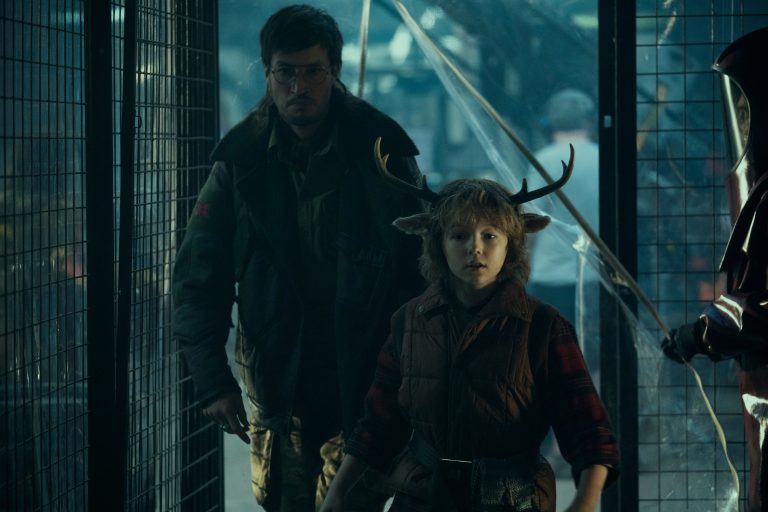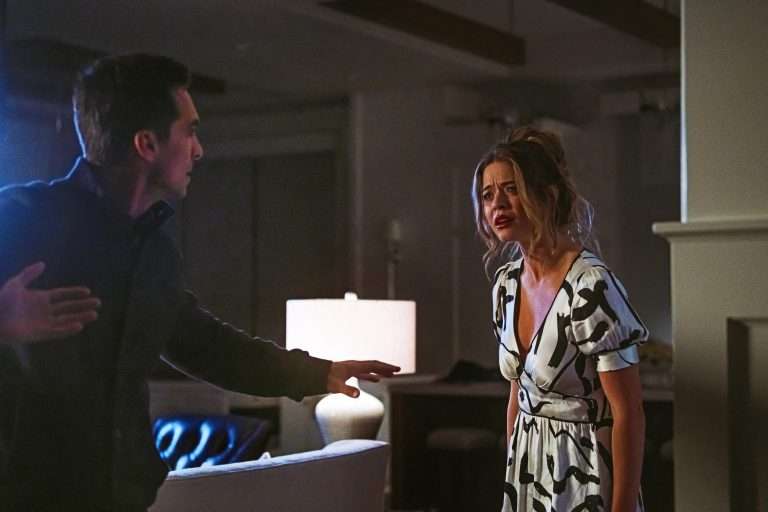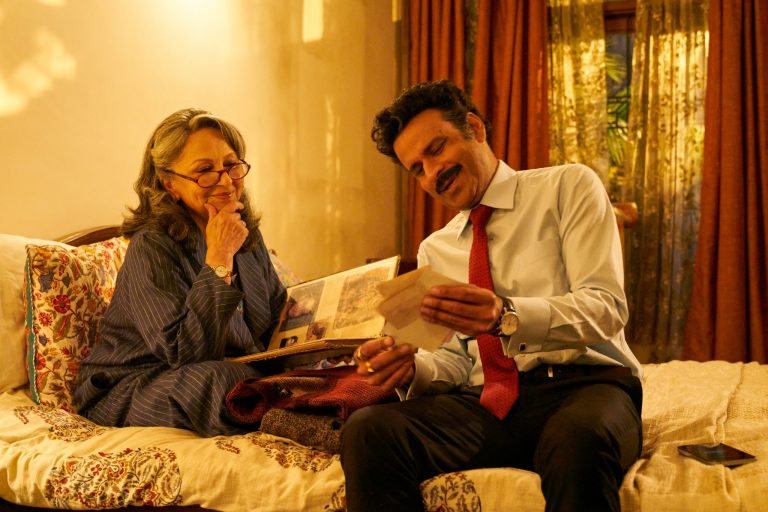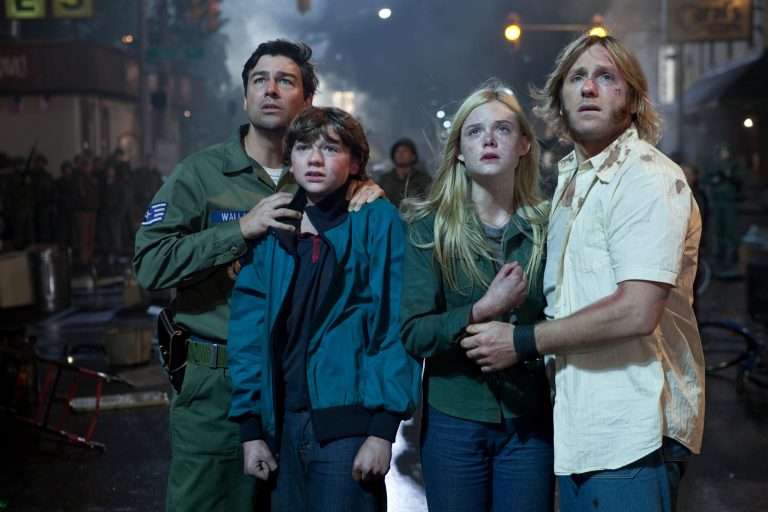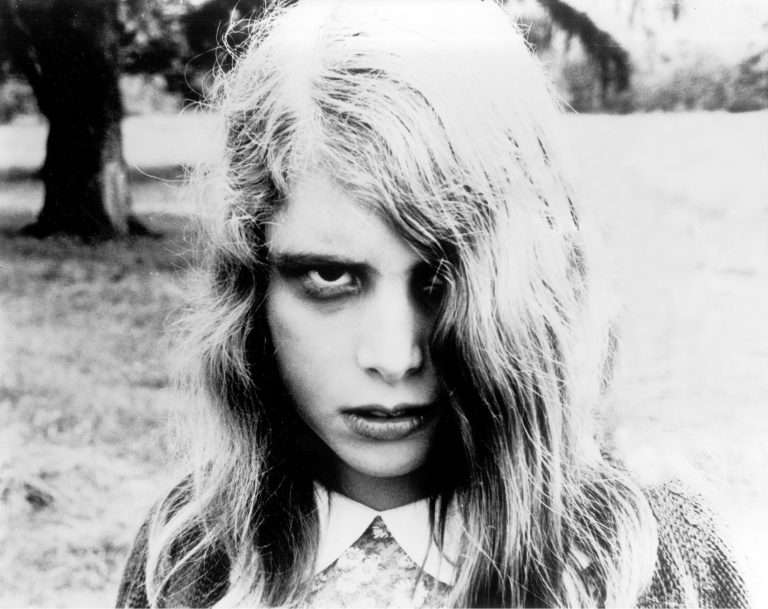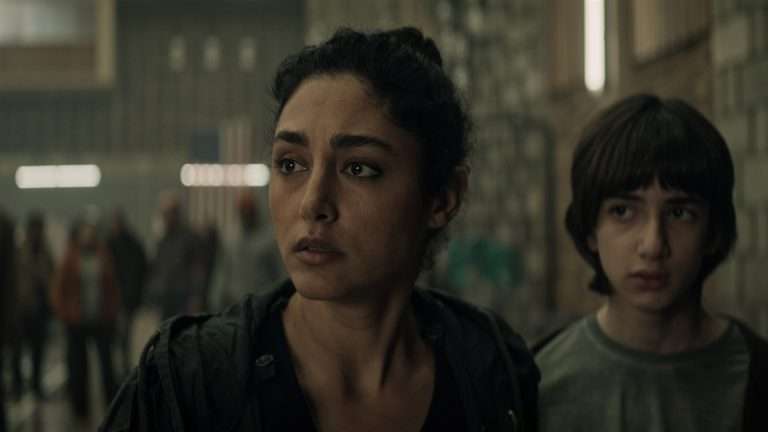The directorial debut of Celine Song’s Past Lives premiered at Sundance in 2023 and opened to theaters in July 2023. Past Lives follows the story of two childhood sweethearts, Nora and Hae Sung. After Nora leaves her birth nation, South Korea, they attempt to reconnect at different times in their lives, discovering more about themselves than they anticipated. Since its release, the film has been consistently received by people with an open heart. Considering the semi-autobiographical nature of the film, the actors’ sensitive portrayal of the characters, and the insertional & non-linear screenplay, Past Lives presents itself with a kind of vulnerability that, more often than not, makes the audience soften and reciprocate in energy.
As a testament to the response received by the story, the film has won multiple awards and was nominated at The Academy Awards for Best Picture and Best Original Screenplay. In fact, of late, we’ve seen an increase and a much-awaited inclusion of diasporic stories at the Oscars with the nomination of Minari (2020) and the victory of Everything Everywhere All at Once (2022).
In an interview with BAFTA, writer/director Celine Song speaks of navigating the pressures of a directorial debut and said that the list of things she didn’t know was always outnumbered by the list of things she did know. But she kept faith in the experience and story that she knew so closely, hoping it would translate the same on screen. During the same interview, Celine Song mentions the moment in her life that inspired the film. She remembers sitting between her husband and her childhood sweetheart at a bar, translating between the two men and simultaneously alternating between two different versions of herself.
The absurdity and unlikeliness of the moment gave her the idea for the film. Technically, the film’s screenplay also charts the same journey to fruition as Song’s train of thought. The film’s screenplay starts with an introspective moment for the characters, which leads them to remember where it all began. The film carries a similar nature of distant memories that perhaps Song went back to while reconstructing the story.
In many situations of life, one has to go through an entire circle of a journey to know why you started it in the first place. In a lot of romantic films, this is used as a structure to create a fate or spark between the characters. However, with stories like In The Mood For Love (2000) or La La Land (2016), the love lies in the journey you make together rather than the outcome. In a similar spirit, Nora and Hae Sung from Past Lives (2023) flow into a certain circular nature of their relationship despite the gaps in time.
After not seeing each other in over two decades, Nora and Hae Sung choose to meet up in a park. They walk through the place and pass by people who are mostly in pairs. This meeting of theirs creates a special space, as though in a world where Hae Sung and Nora are reunited, everybody has a soulmate. This meeting is also reminiscent of a similar park date they had as innocent 12-year-olds.
While on the way back from their playdate, Nora naps in the car while holding Hae Sung’s hand. Hae Sung looks out of the car window, watching Seoul, the city he knows as home. Perhaps wondering if this was the last few times they would be together. Two decades later, in one of the closing sequences of the film, Hae Sung looks out of a car window and watches New York, the city Nora knows as home. This time, however, he is alone. Perhaps it symbolizes a closure to unanswered questions he had as a kid.
The matter of closure is very central to this story. An extraordinarily self-aware and subjective stream of consciousness ties the screenplay together. When the film opens with the three of them at a bar, we watch as multiple permutations of a dynamic form and fall like waves, with the energy changing swiftly and sporadically every few seconds. By not revealing what they are talking about, the opening sequence builds anticipation about the three characters, and it is only later in the film that we realize how delicate and sensitive that moment and each word must have been. The choice of using this sequence as a callback lends a very interesting addition to the script. The onlooker’s voice-over, which is a shot of the three characters, creates a schema that guides the rest of Past Lives’ screenplay and viewing experience.
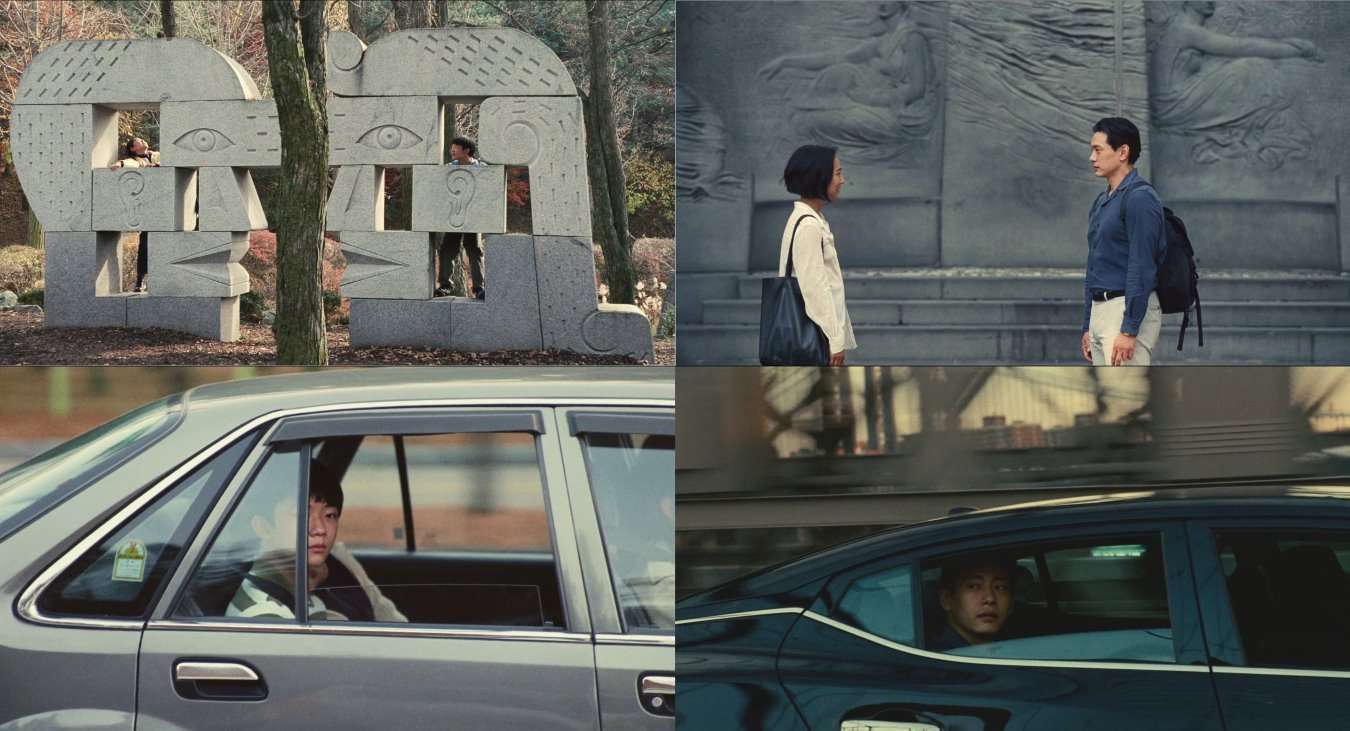
Multiple theories and teachings of screenplay writing discuss the importance of opening sequences. One of these theories is The Paradigm, Syd Field’s take on screenplay, which suggests that the opening image of a script should often summarize the entire story or at least set the tone for the film. Past Lives is one among many other films that have an opening sequence that calls back later in the storyline or gives context to the characters. Falling under the purview of this paradigm, there could be three broad functions to an opening sequence.
First, the opening scene could give structure and context to a non-linear film like the opening scene of Memento (2000). The photograph developing in reverse is a clue about the narrative structure of the film, indicates the state of mind of the character, and turns out to be an important clue in the story as well. Second, the opening scene could be an antithetical epilogue that adds flair to the screenplay – for example, the opening scene of the play in Tamasha (2015), the story of the robot and clown’s friendship, and the happy ending/conclusion that is shown at the beginning of the film.
The third and most commonly used trope with opening sequences is to create a scene that sets the tone for the entire movie. A few iconic examples of films that have adopted this function of an opening scene are Saving Private Ryan (1998), Apocalypse Now (1979), and City of God (2002) – all of them create a sensory indulgence into the broader story, themes, and motifs of the film.
With Past Lives, the opening scene is all the more unique because it performs all three functions while being so surfacially simple. At the beginning of the film, this unfinished sequence serves as a hook and only later represents the fate-bound conversation. The only additional cues to pick up from this scene are upon retrospection and close study. But towards the end, when the same sequence with the dialogues of the characters comes up, many aspects of the motivation behind the director’s voice are evident.
Initially, what seemed like a harmless game of “guess the stranger” later seems very full of implications. The onlookers refer to the three characters by their race. They call Arthur the “white guy,” Hae Sung the “Asian guy,” and Nora the “Asian girl,” indicating that regardless of the melting pot the world is, where you come from is still the first, rather outermost layer of identity you hold. In mediating the conversation between Hae Sung and Arthur, Nora also switches between different possibilities of her true self.
The internal conflict of this immigrant identity can also be seen in Nora at this particular moment. Even though we don’t know much about Hae Sung’s defining experiences, it seems as though he operates from a more focused cultural context. We see this in the way he talks about marriage, success, and even conflict. When speaking to Arthur after meeting Hae Sung, Nora emphasizes how “Korean-Korean” Hae Sung is, making her feel confused about how Korean she herself is.
Nora’s identity has taken different shapes and forms over the years. This is very subtly represented through the two sequences of airport immigration procedures. During the first sequence, Nora’s family had just moved to Canada; her parents reported her identity to the immigration officers. In the second sequence, while traveling from Canada to America, Arthur reports her identity to the immigration officer. Nora is never shown concluding or claiming her identity. Having had so many shifts in life, Nora has a lot of contradictions in her being as well. This is conveyed through the variations in her conversation about In-Yun and its philosophy; she speaks about it with both lightness and love. When talking to Hae Sung at the bar, she refers to it with depth, and when telling Arthur about it, she makes light of the philosophy.
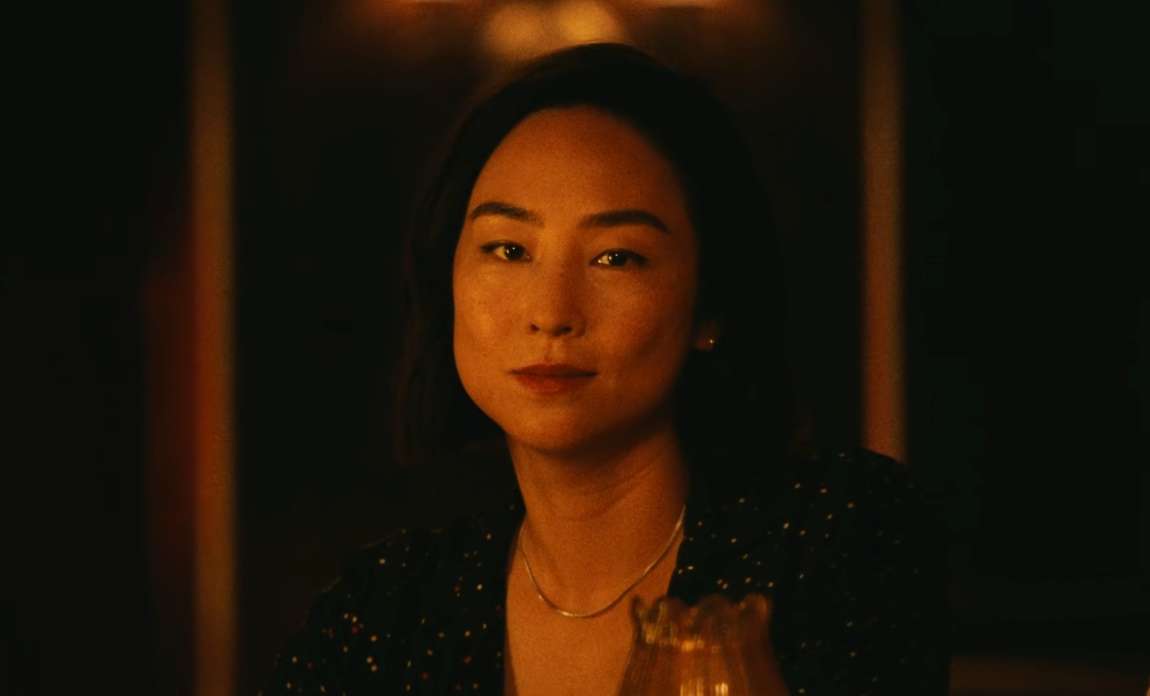
The screenplay reiterates this open-endedness with a single shot of Nora during the opening sequence. She gazes into the camera and breaks the fourth wall. With this gaze of hers, the onlooker’s dialogue ends, and we immediately cut to Nora’s flashback, which is the start of her story. Direct gaze into the camera or breaking the fourth wall is a popular cinematic technique used to make the audience aware of the role they play in a story by watching it.
Initially used in classic films like The Great Dictator (1940), where Charlie Chaplin pauses the film to look directly into the camera as a plea to do something about the fascist Nazi regime, or 400 Blows (1959), where a young Antonie faces the camera in the last shot of the film, a frame to confront the unrest of a young boy and more recently, an immensely creative use of breaking the fourth wall in Fleabag, which builds an unlikely relationship between the audience and a rather thorny main character.
The use of this technique in Past Lives is a very intentional break away from the otherwise observational nature of the film. In the video interview with BAFTA, titled “How Director Celine Song Hopes You’ll Feel about Past Lives,” Song speaks about the process of preparation that she and Greta Lee put in before that shot. Song describes her instruction to Greta as the look conveying a cosmic joke. Starting off the film with such a disposition makes it an inviting moment of reflection shared between Nora and us.
The screenplay of Past Lives does a sincere job of giving each one of the three characters empathy, space, and a voice. It achieves the herculean task of seeing these characters through the emotional and contentious consequences of their choices.

